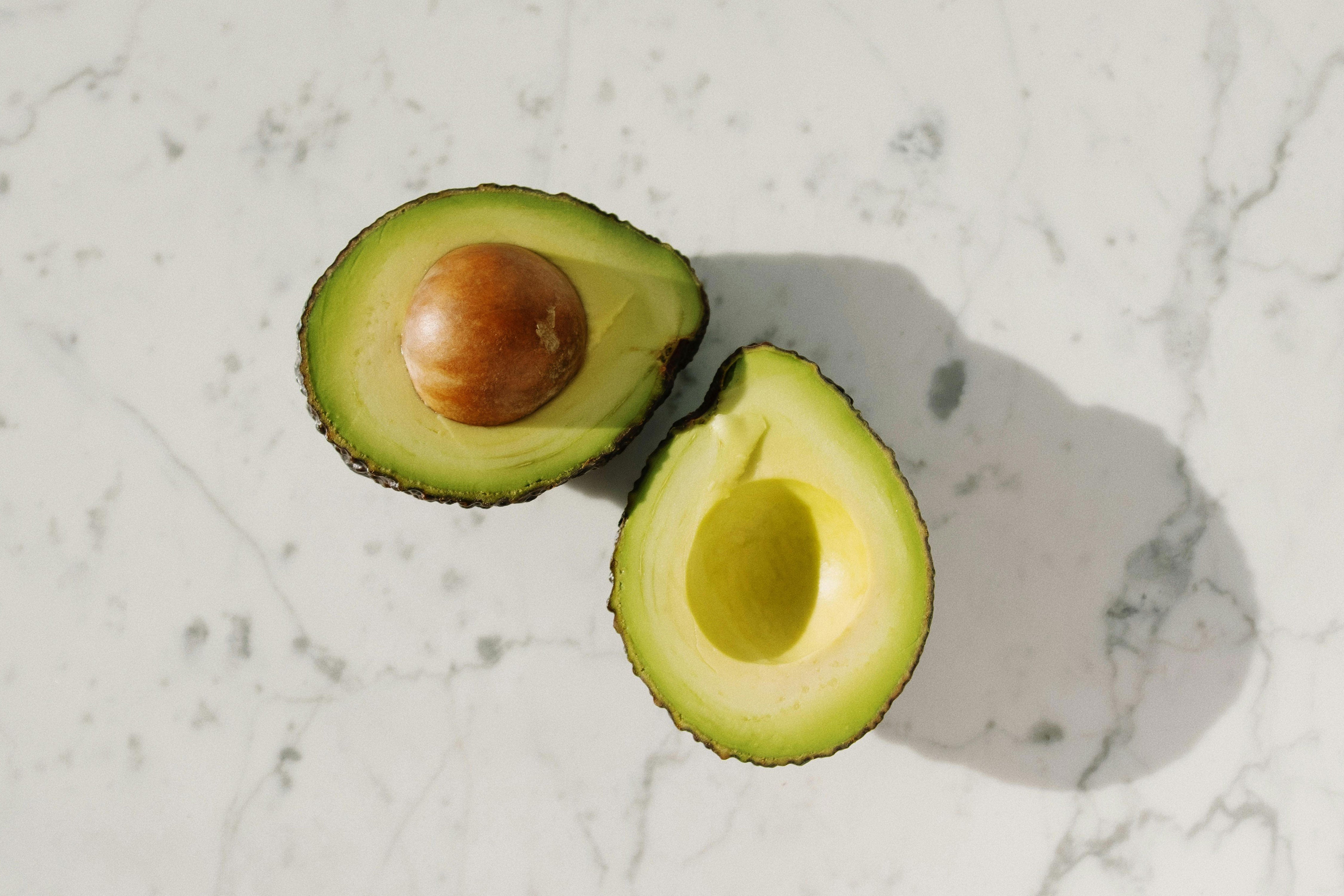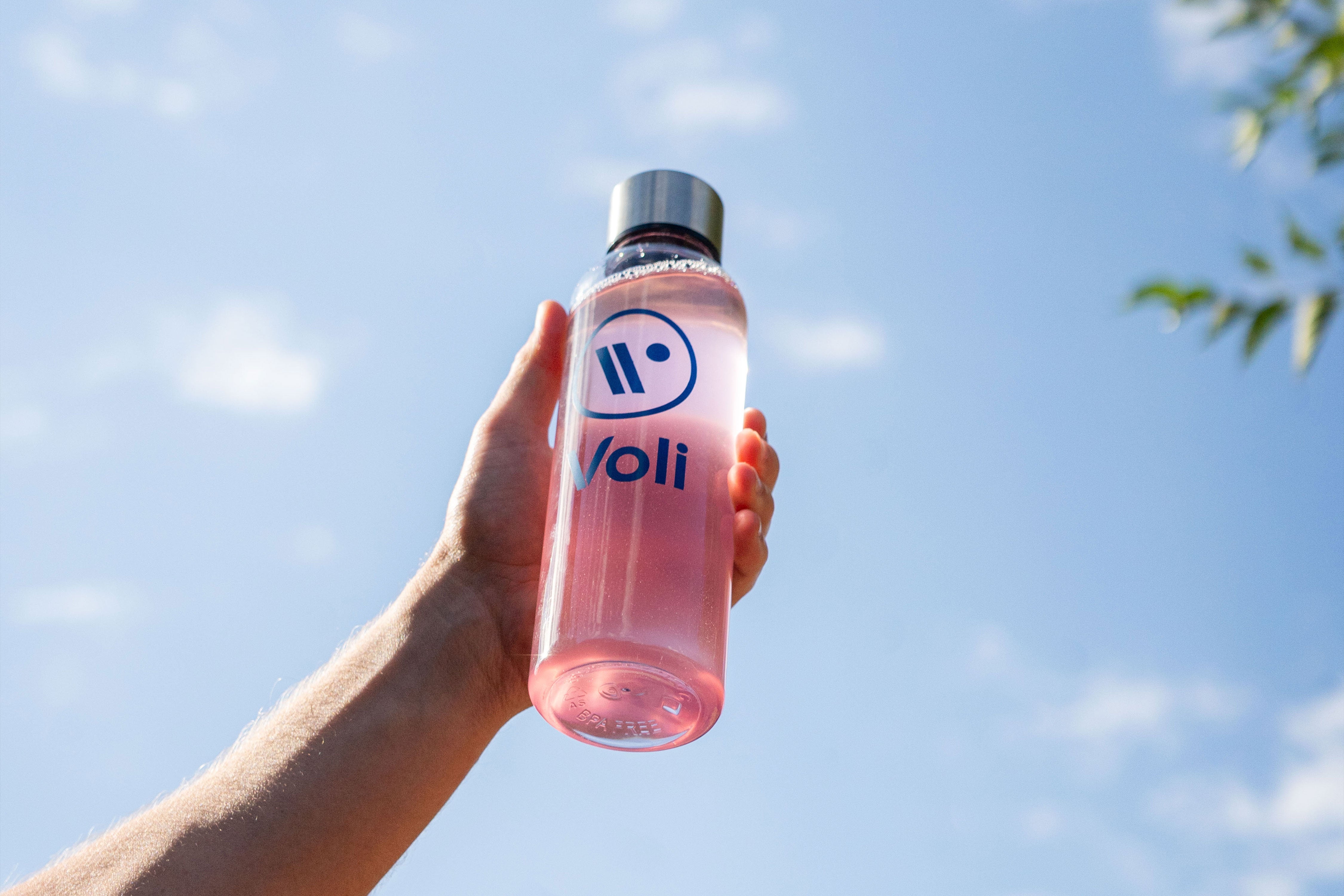Cholesterol, the Good, Bad and the Ugly
When cholesterol is brought up in conversation, it is usually prefaced by the words “good” or “bad.” These words are associated with the topic because of the role that cholesterol plays in heart disease. Good cholesterol refers to high-density lipoprotein (HDL) because higher levels of HDL are correlated with a reduced risk of vascular and heart disease. Bad cholesterol is associated with low-density lipoprotein (LDL) because of its connection with atherosclerosis, which is inflammation and narrowing of arteries (blood vessels).
What is Cholesterol?
Cholesterol is a fatty wax like substance that can be found in the cell walls of your body. It is responsible for several bodily functions, including the production of major sex hormones such as androgen, estrogen and progesterone. Healthy levels of cholesterol are also necessary in the production of vitamin D, which supports bone structure and immune function.
Where does Cholesterol come from?
Cholesterol can enter your bloodstream in two different ways. The majority of the cholesterol in your body is produced inside the liver and then excreted into the blood as needed. A small percentage of blood cholesterol comes from diet. Something to remember about dietary cholesterol is that it is only found in animal products. The next time you see a bag of rice or vegetables advertising to be “cholesterol free” you should have a thank you captain obvious moment. The reason that eating cholesterol does not play a drastic role on blood cholesterol levels is because of a feedback loop between the brain and the liver. The brain wants your cholesterol levels to remain at a healthy level, so when you eat foods that are high in cholesterol the brain will tell the liver to release less cholesterol. Contrary to this when people eat a low cholesterol diet such as vegan, the brain tells the liver to make and release more cholesterol.
“Bad” LDL Cholesterol
When healthcare providers and your mother refer to bad cholesterol, they are talking about low-density lipoproteins (LDL). These proteins are responsible for connecting to cholesterol particles that are released by the liver. After linking to these particles, the LDL is tasked with transporting cholesterol to cells throughout the body. When there is too much LDL in the bloodstream, the proteins can begin to paste on the walls of arteries. This is known as “atherosclerosis” or arterial plaquing. If too much plaque builds up it can cut off the blood flow to important organs, more specifically the heart. Another risk is when large chunks of plaque break off and float through the bloodstream.These large chunks can then get lodged in arteries in the brain resulting in a stroke. They can also pass through the lungs causing pulmonary embolism. “Bad” cholesterol comes in another form called very-low-density lipoprotein (VLDL). These particles are much smaller than normal LDL and more likely to cause buildup of plaque in the arteries.
“Good” HDL Cholesterol
When you see products at the grocery store that say “supports healthy cholesterol” they are referring to foods that will increase high-density lipoprotein levels. In general, when someone says they have high cholesterol, we assume it to be a health risk. In reality elevated levels of cholesterol aren't necessarily bad. For example, when someone has an HDL level above 60 mg/dL it is considered to be a “protective factor” meaning that it is correlated with a reduced risk of heart disease. The reason HDL has a protective effect on the body is because it is responsible for binding to free floating cholesterol and transporting it to the liver. Once the cholesterol reaches the liver it is metabolized and removed from the body. Therefore, HDL has the ability to reduce the amount of dangerous small particle fatty acids in the blood.
Particle Size Matters
Current research has concluded that the size of the lipoproteins plays a direct role in heart health. According to Healthline, up to 40% of the population could be considered “hyper-responders” in regards to eating diets high in cholesterol. This means that these individuals experience a moderate increase in blood cholesterol levels from consuming a high fat diet. So does this correlation make it unsafe for 4 out 10 people to eat a fat adapted or keto diet? Well luckily for our people who respond differently, the rise in cholesterol from a fat adapted diet usually correlates with an increase in “large particle” LDL. According to healthline “people with mainly large LDL particles have a lower risk of heart disease.” Another factor to consider for the hyper-responders, is that a fat adapted diet usually does not change the ratio of HDL to LDL. Therefore a rise in “total cholesterol” does not necessarily mean a rise in health risk.
Understanding your own Cholesterol
It is increasingly common to have a healthcare provider explain that your elevated cholesterol levels put you at risk for heart disease. According to the CDC, 26% of American adults are taking statin drugs to help lower their cholesterol and nearly 50% of adults over the age 60 are on statins. It makes sense that a significant portion of the population has high cholesterol because many Americans are overweight and adhere to the sugar dense, Standard American Diet (SAD). For these individuals who won't enact lifestyle change, it is often in their best interest to take drugs to reduce risk of heart disease. With that being said, there is another population of people with high cholesterol, only these individuals exercise and eat well. These people usually fall into the hyper-responder category that was mentioned earlier.
A tip for the Hyper-Responders
If you have been diagnosed with high cholesterol and are hesitant to take drugs to bring levels down, just know there are other options. Your healthcare provider will usually inform you to make changes such as eating less red meat and more fiber. If this doesn't work, they will recommend taking a statin to help normalize your levels. What often fails to be explained is that statins come with a laundry list of side effects such as chronic fatigue and severe muscle pain. These drugs can also disrupt hormone balance. In reality many people are prescribed statins before it is actually confirmed that they are at risk of heart disease. If this resonates with you, request that your doctor order an NMR lipoprofile test. This test uses nuclear magnetic resonance and focuses not on cholesterol levels but on individual particle size. It is possible that you have high cholesterol levels but a low percentage of small dense particles. If this is the case, you likely do not qualify to be on cholesterol lowering medications. If you are still worried about your risk of plaque buildup and heart disease, ask for a cardiac echo or doppler ultrasound. This will allow your doctor to see how well blood is circulating and if there are areas of blockage. The fact is that statins save many lives, but they also cause a tremendous amount of physical unease. Before you accept these side effects as your reality, be absolutely certain that you need the drug in the first place.
Time for a Metaphor
Reference key:
Tank = Human body
Hose = Artery
Water = Blood
Bucket = Liver
Pebbles= HDL and Large Particle LDL
Small mossy Pebbles= Small Particle LDL and VLDL
Today you have decided to clean the enormous fish tank in your luxurious living room. This can be compared to regular exercise and a healthy diet, which helps keep the vascular system clean and functioning properly. In order to remove the water, you have to use a hose and create a siphon. This is similar to blood pumping from your heart to the rest of the body. As you begin to pull the water from the tank, the hose starts to suck up some of the pebbles at the bottom of the glass. This represents cholesterol circulating through the bloodstream. The top layer of pebbles go right through the hose and into the bucket with no issue at all. This represents HDL pulling cholesterol and taking it to the liver to be excreted. As you get to a deeper layer there are smaller pebbles that are covered in moss and algae. As the water moves through the tunnel some of these pebbles get stuck on the inside of the hose. This can be compared to small particle LDL and VLDL becoming adhesed to the arterial walls. If too many pebbles get stuck inside the hose the amount of water (blood flow) will be drastically reduced. This is just like atherosclerosis, too much plaquing causes a reduction in blood flow to vital organs such as the brain and heart. The best way to keep the tank clean is by not letting it get too dirty in the first place. If the tank were to be cleaned before the moss started to build up then the hose would likely never get clogged. The same principle can be applied to your body. Eat well and train regularly. Achieving a balanced lifestyle will drastically reduce the chance of mossy pebbles giving you a heart attack or stroke.
A message from Team Voli
When it comes to health and wellness the amount of information thrown at you can be overwhelming. Talk to 100 different specialists and you will likely receive 100 completely different recommendations to improve your health. The one positive variable for health that everyone can agree upon is exercise. At Voli we want to take away the thought and replace it with motivation to move. Trust that our products are designed with your health as a priority. When you are ready to live a healthier life, let movement be your medicine.

@bjohnson42



Leave a comment
All comments are moderated before being published.
This site is protected by hCaptcha and the hCaptcha Privacy Policy and Terms of Service apply.